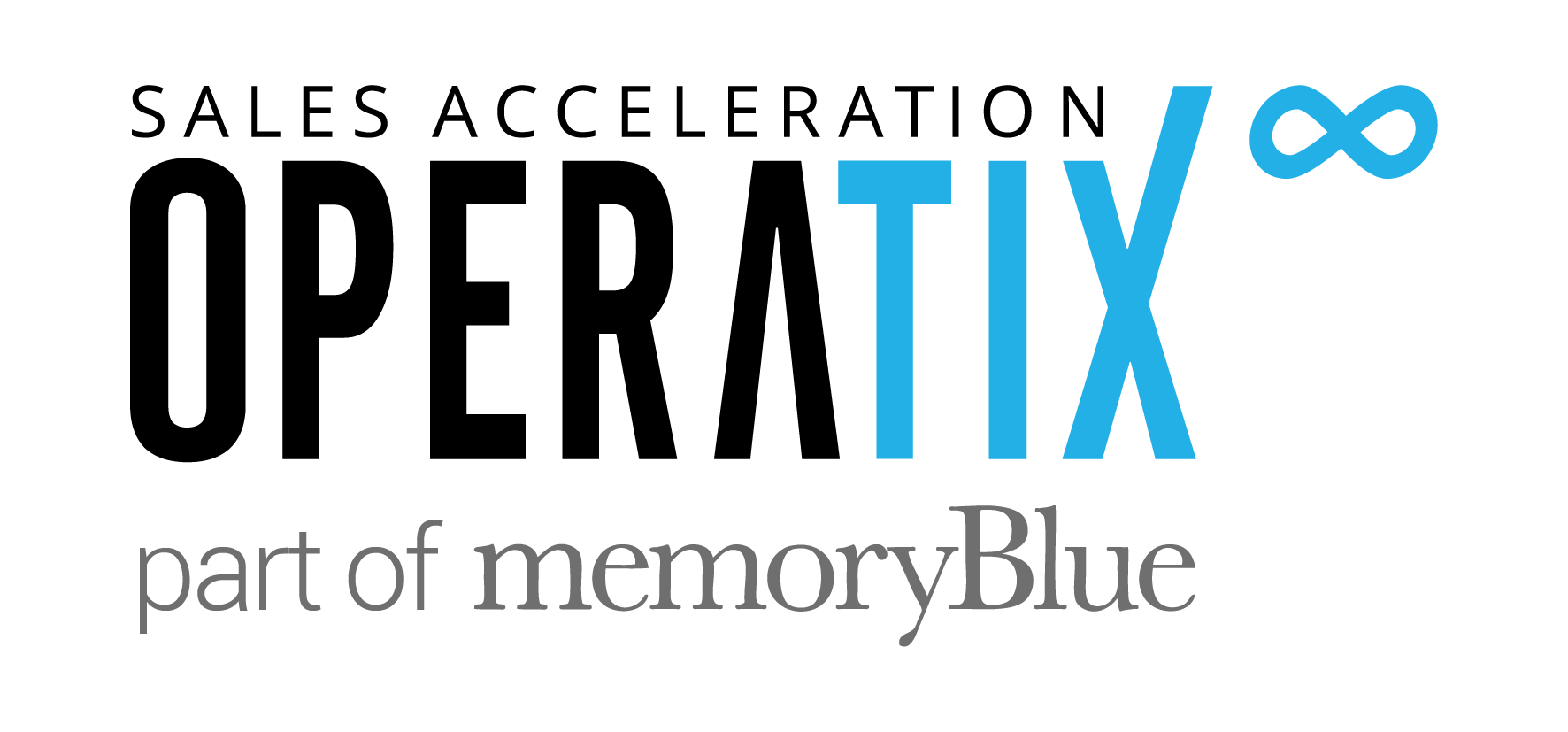What if you could keep the same huge amount of inquiries but convert more of those into leads?
Like +20% more?
And all you had to do was focus on building positive upstream and downstream communities?
You’d be all in.
I recently sat down to talk with Freek Hemminga, Head of EMEA Marketing at SUSE, about the challenges of marketing an open source company.
Freek’s main task at SUSE is to generate demands and to generate leads in order to fuel their pipeline — with a team that consists of a number of field marketing managers spread across the geography.
“SUSE is, as we call it, the open-open source company,” he said.
The Main Goal of Open Source
“We work with an ecosystem of partners and communities whereby we deliver enterprise-grade, open-source software-defined infrastructures and also application delivery solutions,” Freek said.
He deals intensely with the platform layer and the infrastructure layer where they actually providing our services.
But then, all of that is obviously backed by services and support to make sure customers are getting continued support on the solutions.


For us, open means more than just the Software, it’s more of a business model, mindset, and culture.
Freek Hemminga – Head of EMEA Marketing at SUSE
So, what about this ‘open’?
- They leverage their Linux heritage
- They deliver open source solutions across other areas
- They really mean open (no vendor)


We make sure that customers always have the freedom of choice and therefore also never will feel locked in.
Freek Hemminga – Head of EMEA Marketing at SUSE
The Balancing Act
By the nature of this type of business, there must be a balance between marketing the brand and the software itself — as well as the services and subscriptions that ultimately generate the revenue for the company.
Here’s how Freek keeps everything in line.
“It is always a balancing act to address both scenarios,” Freek said.
It’s partly comparable to traditional software vendors, but in an upstream community, they also have to deal with making sure they’re driving awareness around their brand and around their solutions.
“For our core solutions, we must continue to build the market awareness of the problem to which we believe that open source is a solution to, and also what we can offer in order to help them do that,” he said.
“So, open source is, in a way, all of our communities,” Freek added.
Downstream communities mean the partner ecosystem.
And upstream communities? Freek describes these developers as a big fan base around a particular project.
To balance these two audiences, you need to take a conversational approach. “It’s not about going in with a traditional hardcore marketing message,” Freek said. “You really have to make sure that you bring value to the conversation.”
How to Build Positive Communities
Whether upstream or downstream, it’s important to influence communities in a positive way.
Beyond using dialogue to add value, Freek mentioned a few tactics for growing and maintaining communities.
1) Go to Conferences
And summits. And the big trade shows.
Enough said.
2) Engage on Social Media
“How valuable people will see that individual is in terms of their knowledge as well as some of the ideas and perspectives that they bring to the community,” Freek said.
Remember: Add value.
3) Educate Sellers about Your Solution
Unless you’re a racecar driver, you don’t really care what engine your car has. So if you’re an engine seller, you need to explain why it matters.
“Within our go-to markets, we have multiple routes to market. We make sure that also the receptiveness to our solutions is well understood by their sellers who are able to articulate the value that we bring,” Freek said.
4) Partner Enablement
“We also spend a lot of time on partner enablement, whether it’s with channel partners or alliances, and we have partner enablement teams taking good care of that,” he said.
5) Educate End Users about Your Solution
You need to make sure to drive a lot of tactics towards our end-user communities, too.
“We also want the end-users to have an understanding why they actually need us and that they can also request us from their partner,” Freek said.
Qualifying Inbound Leads
Tracking active opportunities and then subsequently revenue is vital from a marketing perspective. But with open source, which generates a large volume of inbound leads, those typically need some qualification before they get in the hands of a field sales rep or inside sales rep.
About two years ago, Freek’s team started to focus on enhancing the quality levels on an inquiry level from an inbound perspective. They had huge quantities of inquiries but a relatively low number that actually filtered through.
“We started to be more targeted. do more segmentation, do more one-to-few, really embark on the digital side where you have a lot of ability to be more targeted, to be more specific, have a better and a more relevant message to the individuals,” Freek said.


The receptiveness to our solutions is well understood by their sellers who are able to articulate the value that we bring.
Freek Hemminga – Head of EMEA Marketing at SUSE
But they’re driving a 20% plus higher volume on the lead side.
It’s really starting to pay off that you can still make a similar investment but actually draw off much more potential pipeline on the back of it,” he said.
Working with qualified leads helps identify potential interest based on certain criteria. “Inside sales do the first touch on the sales side, but they know what it is they are seeing, where it comes from, and some additional background in order to be effective with their followup,” he said.
Contact Freek on LinkedIn and Twitter, or SUSE at suse.com (where a request call form will be answered within 24 hours).
This post is based on an interview with Freek Hemminga from SUSE.
To hear this episode, and many more like it, you can subscribe to The B2B Revenue Acceleration Podcast.
If you don’t use Apple Podcasts, you can listen to every episode here.




